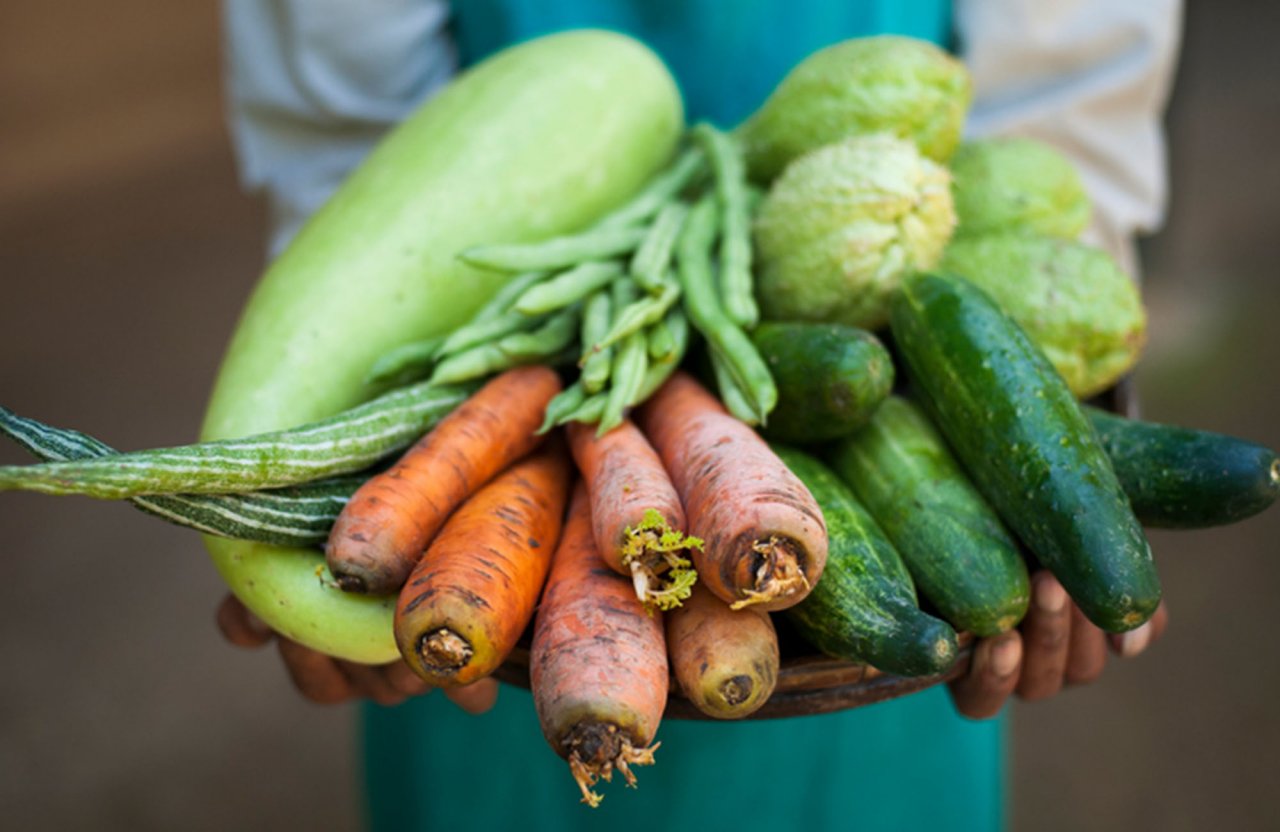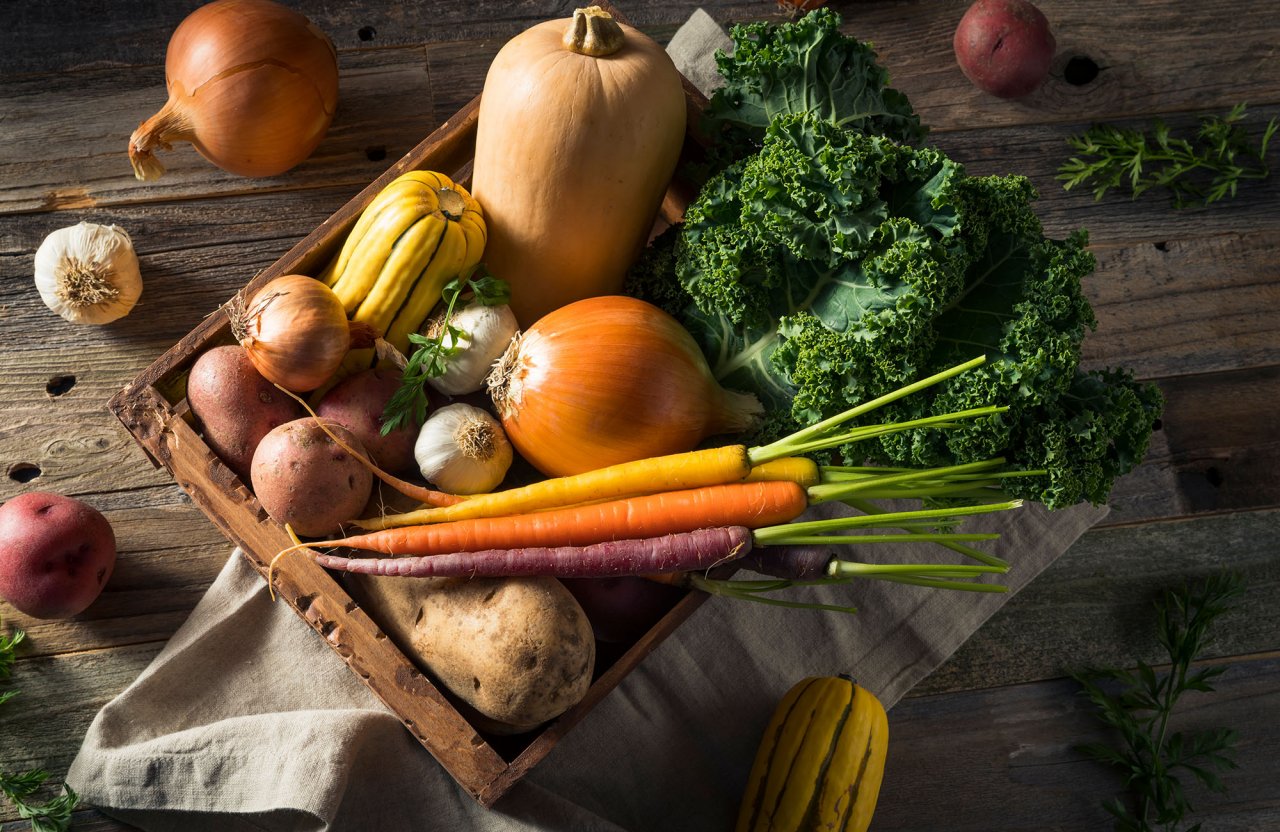Here are some ideas that are often overlooked when it comes to using parts of vegetables like celery and carrots.
Making use of every part of your autumn and winter vegetables is key to preventing food waste, is good for our health and not to mention tasty.
We are delighted that we have recently been able to find whole vegetables in the market with both the root and the stalks and leaves. Now, those little Bugs Bunny carrots are sold with their long green tops and celery is sold with its roots.
Buy vegetables with their stems and leaves but separate them before storing because the leaves cause water loss. Waste is reduced by cleaning root vegetables with a brush and then with a knife.
– Pumpkin: Save the seeds from your pumpkin and wash them in a strainer. Toss with olive oil, black pepper and salt before baking in the oven for 10-15 minutes. The fruity fibre that holds the seeds is often thrown away but you can use it to make a soft and delicious pumpkin cake after removing the seeds.
– Broccoli: Cook broccoli with the leaves. Use the stems too. Use a knife to shave off the excess and then grate it. Grated broccoli stems are perfect for a different twist on traditional Turkish fried squash patties.
You can also make a delicious soup from broccoli stems.
– Carrots: Carrot leaves can be slightly bitter. After blanching by putting the carrots in boiling water for 2-3 minutes and then shocking them in cold water, strain off the water and sauté the carrots in olive oil.
You can make delicious carrot crumbles for your salads from carrot peelings.
– Spinach: Of course, spinach root in olive oil! Wash the spinach roots and sauté in olive oil. You can eat it with spices and/or yoghurt.
– Kale: The hard central veins in kale are often thrown away. However, you can make a quick crunchy pickle from these large veins.
– Celery: Cook the celery root together with the stems and leaves. It has a delicious woody flavour that makes you feel like you are in a pine forest.
– Jerusalem artichoke: The irregular shape and delicate skins make it difficult to peel the Jerusalem artichoke. It’s hard not to waste the edible parts when you are peeling it. However, there is no need to peel the Jerusalem artichoke at all. One idea is to mix an unpeeled Jerusalem artichoke with olive oil, parsley and ground hazelnuts and bake it in the oven.



